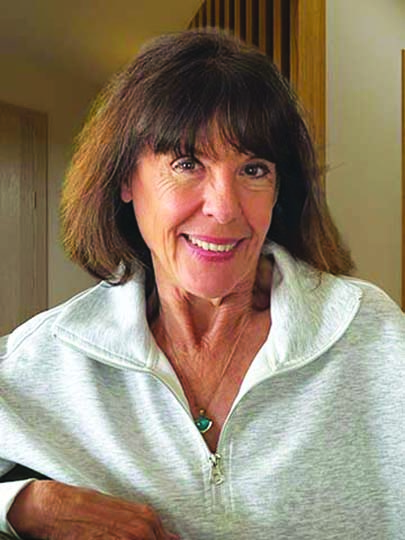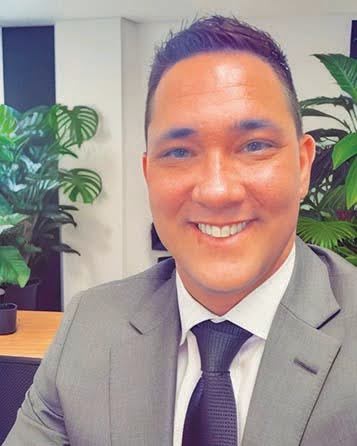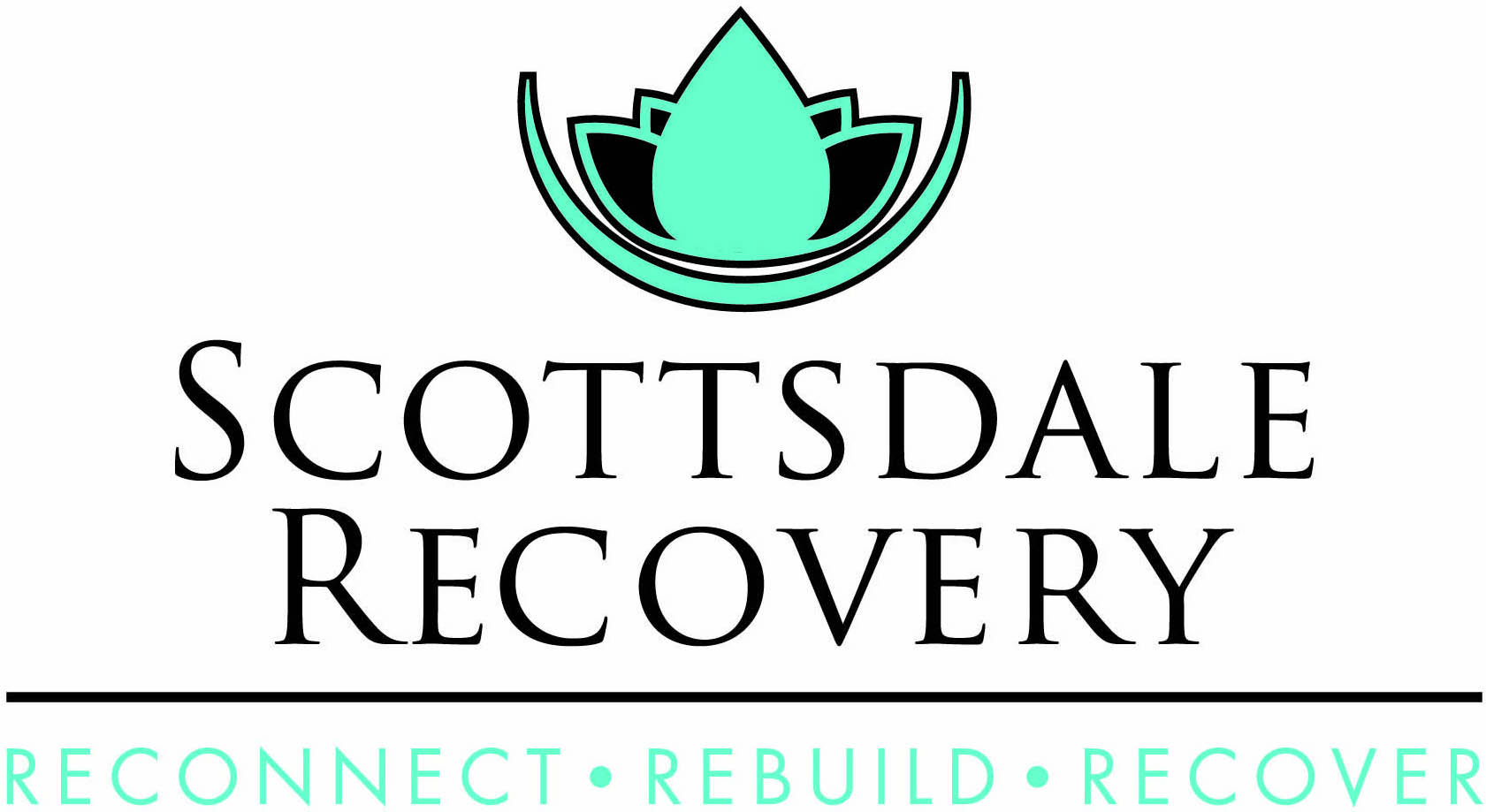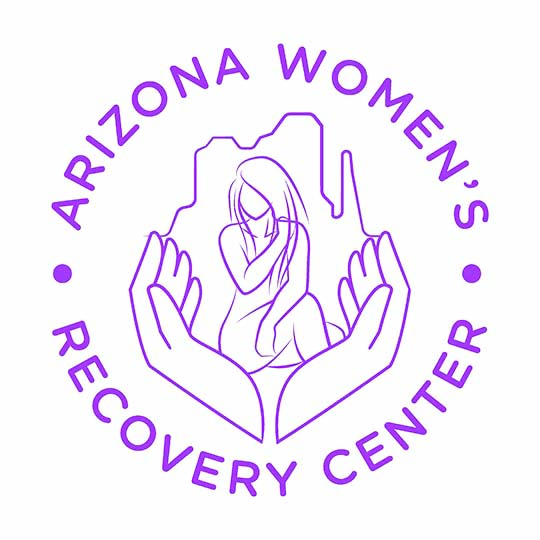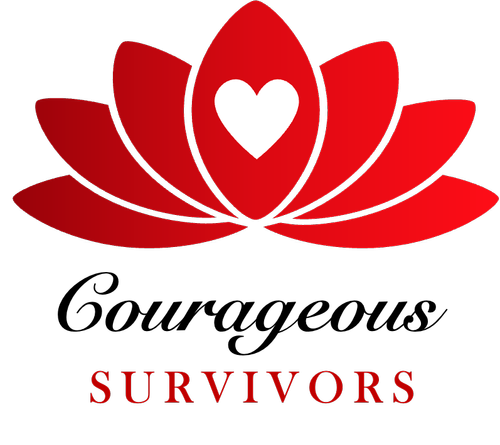Suicide is preventable. You may be thinking, “Is it really preventable?”. The answer is a resounding “yes”. Although we may not be able to control outcomes, we do have the ability to influence them.
Suicide is the second leading cause of death for those between the ages of 15 – 34 in the United States. Every 7 hours in the state of Arizona someone dies by suicide. If roughly 47,000+ Americans die by suicide each year over ONE MILLION people endure devastating effects on their life and/or suffer a major life disruption. In 2017, there were an estimated 1,400,000 suicide attempts.
Prior to the year 2008 the word “suicide” was something I never heard or talked about. Well, in January 2008, my 19-year-old son took his life. His death by suicide changed the trajectory of my life forever. I went on a mission to figure out why this happened and what I missed. People that have lost loved ones to suicide often go through this. We search our minds for the missing pieces. Where did I do wrong? The truth is…I didn’t do anything wrong. It wasn’t my fault and someone’s death by suicide is not your fault.
No Single Cause
Ninety percent of all people who die by suicide have a diagnosable psychiatric disorder at the time of their death. I spent hours upon hours learning everything I could about risk factors and warning signs of suicide. What I learned is that there is no single cause of suicide. Sadly, many people are misinformed about suicide. Talking about suicide doesn’t plant the idea and there are several methods of treatment available to help someone experiencing the various levels of suicidal intensity. This is a common myth that keeps people from asking a direct question.
Myth: Suicide only affects individuals with a mental health condition.
Fact: Many individuals with mental illness are not affected by suicidal thoughts and not all people who attempt or die by suicide have mental illness.
Myth: Once an individual is suicidal, he or she will always remain suicidal.
Fact: Active suicidal ideation is often short-term and situation-specific. Studies have shown that approximately 54% of individuals who have died by suicide did not have a diagnosable mental health disorder. And for those with mental illness, the proper treatment can help to reduce symptoms.
Myth: People who die by suicide are selfish and take the easy way out.
Fact: Typically, people do not die by suicide because they do not want to live—people die by suicide because they want to end their suffering. These individuals are suffering so deeply that they feel helpless and hopeless. Individuals who experience suicidal ideations do not do so by choice. They are not simply, “thinking of themselves,” but rather they are going through a very serious mental health symptom due to either mental illness or a difficult life situation.
Myth: Most suicides happen suddenly without warning.
Fact: Warning signs—verbally or behaviorally—precede most suicides. Therefore, it’s important to learn and understand the warnings signs associated with suicide. Many individuals who are suicidal may only show warning signs to those closest to them. These loved ones may not recognize what’s going on, which is how it may seem like the suicide was sudden or without warning.
Myth: Talking about suicide will lead to and encourage suicide.
Fact: There is a widespread stigma associated with suicide and as a result, many people are afraid to speak about it. Talking about suicide not only reduces the stigma, but also allows individuals to seek help, rethink their opinions and share their story with others. We all need to talk more about suicide.
Before we talk about how to ask the question, let’s look at some of the risk factors and warning signs that can lead you to that place of asking someone about suicide.
Risk factors are characteristics that make it more likely that someone will consider, attempt, or die by suicide. They can’t cause or predict a suicide attempt, but they’re important to be aware of. Here are just a few risk factors:
- Prior suicide attempt(s)
- Misuse and abuse of alcohol or other drugs
- Mental disorders, particularly depression and other mood disorders
- Access to lethal means
- Knowing someone who died by suicide, particularly a family member
- Social isolation
- Chronic disease and disability
- Lack of access to behavioral health care
Some warning signs may help you determine if a loved one is at risk for suicide, especially if the behavior is new, has increased, or seems related to a painful event, loss, or change. Here are some warning signs:
- Talking about wanting to die or to kill themselves
- Looking for a way to kill themselves, like searching online or buying a gun
- Talking about feeling hopeless or having no reason to live
- Talking about feeling trapped or in unbearable pain
- Talking about being a burden to others
- Increasing the use of alcohol or drugs
- Acting anxious or agitated; behaving recklessly
- Sleeping too little or too much
- Withdrawing or isolating themselves
It is important that we don’t dismiss these warning signs. Okay, now what? Now you get to learn how to ask those hard questions.
There are two ways that you can approach someone, indirect and direct.
First, we will look at some indirect questions:
Have you been unhappy lately?
Have you been very unhappy lately?
Have you been so very unhappy lately that you’ve been thinking about ending your life?
Do you wish you could go to sleep and never wake up?
An example of some direct questions:
You know, when people are as upset as you seem to be, they sometimes wish they were dead. I am wondering if you’re feeling that way too?
You look pretty miserable; I wonder if you’re thinking about suicide?
Are you thinking about killing yourself?
It is really important to listen to what they are saying and give them your full attention. Remember, suicide is not the problem, only the solution to a perceived problem. Don’t rush to judgement and offer hope in any form. If the person is in crisis, do not leave them alone and take them to a person who can help. You can also the National Suicide Prevention Lifeline at 1-800-273-8255 (TALK) or text “HELP” to 741-741. There is always someone available 24/7.
If someone is actively suicidal you can call 911. Many police and fire departments have been trained in Crisis Intervention Training.
Let me leave you with a few thoughts.
Life is very busy. There is so much pressure to do this perfect. In a single day, think about how many “things” we have to do. We seem to run at this frenetic pace; always going “somewhere”, doing “something”, just waiting to get to that one place where we have finally “made it”.
What would happen if we slowed down? Perhaps we could notice people around us and just maybe we could ask someone how they are doing. “Are you okay?”. Maybe taking the time to show someone a smile or just an “I’m here for you”.
It sounds so simple. The truth is, we have forgotten that we need each other. Human beings aren’t meant to be alone. Suicide is preventable and it takes all of us to be brave. Don’t be afraid to talk about it. I challenge you to take a moment today and smile at the person next to you. Remember, you could be the one person that makes a difference. It takes a village.
If you or someone you know are in crisis please call the 24/7 National Suicide Prevention Lifeline at 1-800-273-TALK (8255) o text “HELP” to 741-741.
For additional resources and information:
Suicide Prevention Resource Center, www.sprc.org
American Foundation for Suicide Prevention, www.afsp.org
Mental Health America of Arizona www.mhaarizona.org
National Alliance on Mental Illness, www.nami.org
About the author:
Dawn Hunter is the founding member and former Director of the American Foundation for Suicide Prevention Arizona Chapter. She is currently a Community Liaison for Aurora Behavioral Health, www.auroraarizona.com. She is dedicated to educating communities on mental health and suicide prevention. Dawn is a certified instructor offering QPR Gatekeeper and Mental Health First Aid trainings that are FREE to the community. She can be reached at [email protected] 480-352-1387

